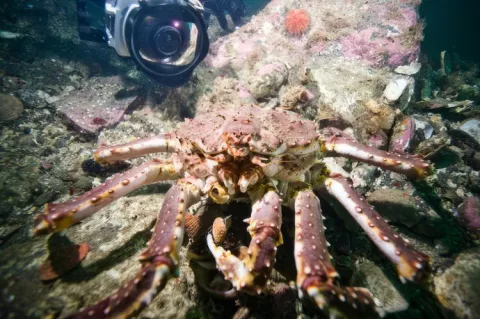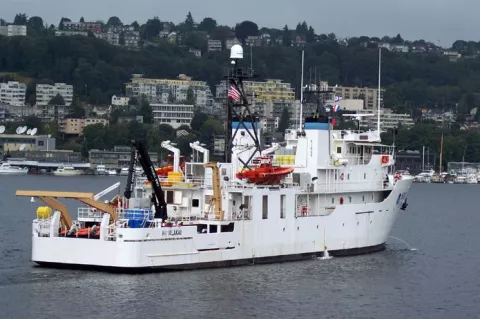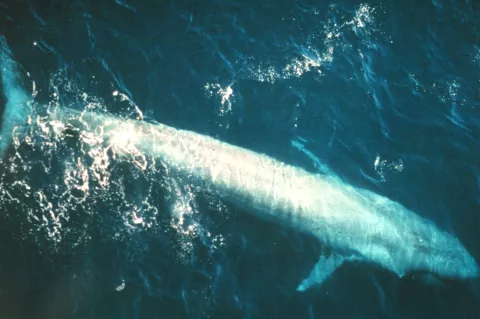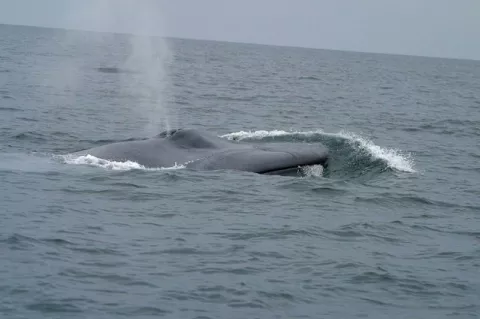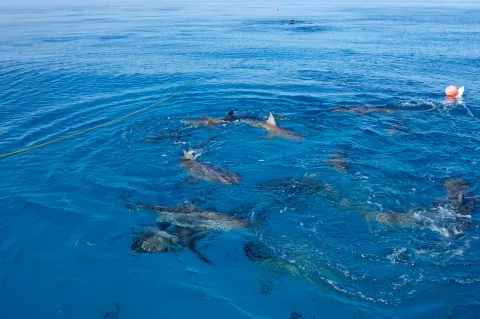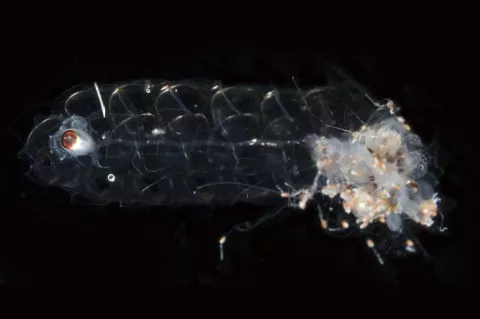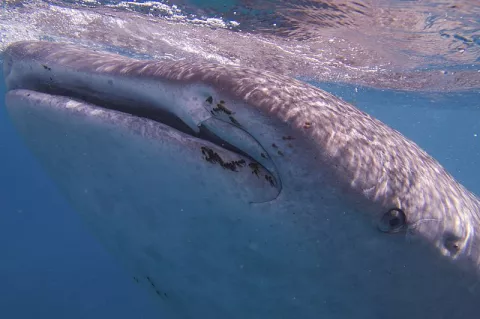King crabs threaten Antarctic ecosystem
Rising temperature of the ocean west of the Antarctic Peninsula - one of the most rapidly warming places on the planet - should make it possible for king crab populations to move to the shallow continental shelf from their current deep-sea habitat within the next several decades, researchers from Florida Institute of Technology find
- Read more about King crabs threaten Antarctic ecosystem
- Log in to post comments

